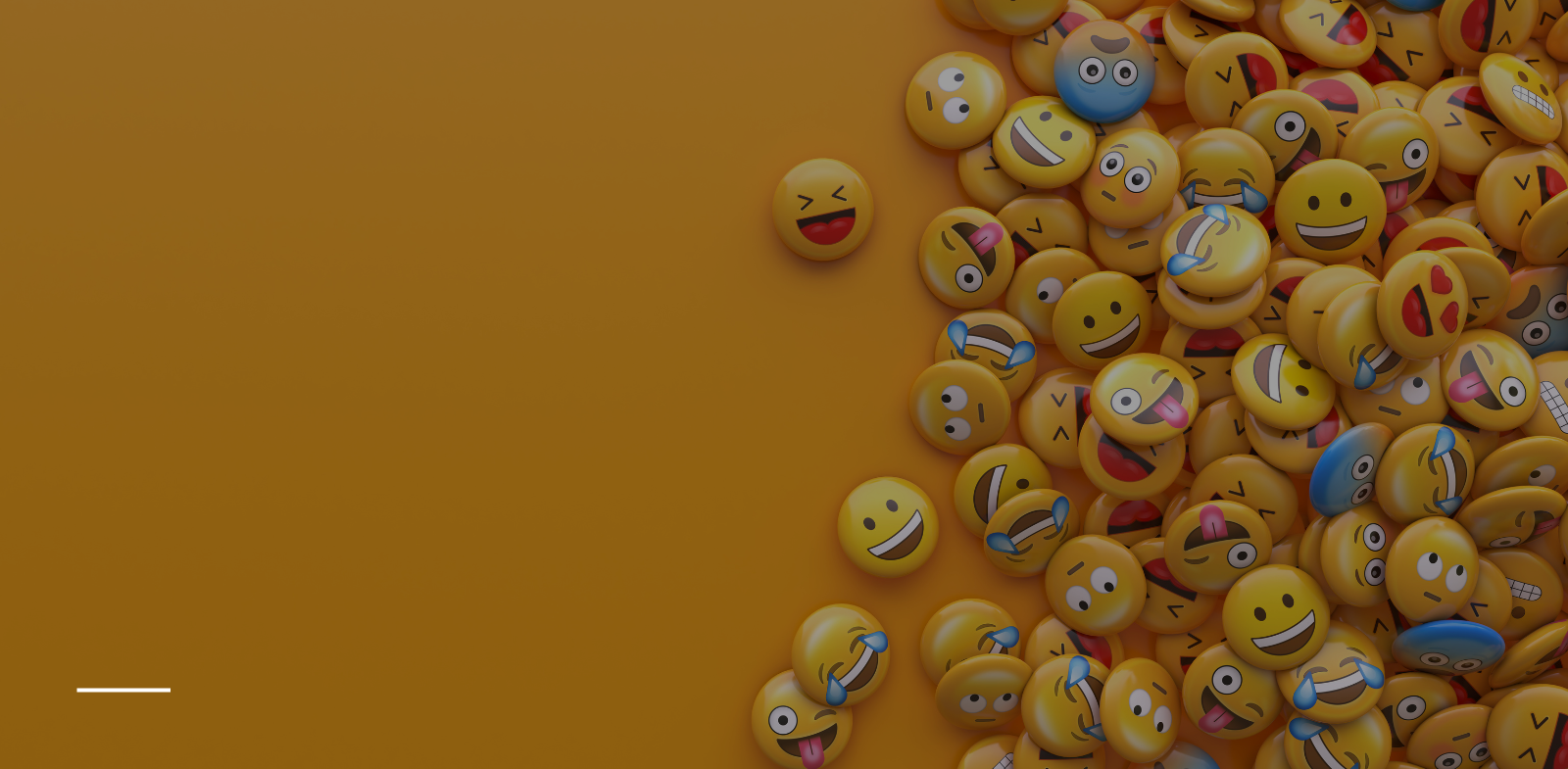
First Published: 09 July, 2024
July 17, is #WorldEmojiDay and what would I do without emojis 😨
The tiny digital icons have revolutionised our online communication, peppering our texts and expressing emotions without words.
Emojis help me to:
I make it a point not to use too many of them though, because it spoils the reading experience for someone reading with a screen reader. Let's dive into some diverse and inclusive ways of using emojis in our communications.
Emojis originated in Japan in the late 1990s. Shigetaka Kurita, an engineer at NTT DoCoMo, created the first set of 176 emojis in 1999. The simple 12x12 pixel images were designed to convey emotions and concepts quickly on mobile devices.
What began as a handful of basic expressions has exploded into a vast library of over 3,000 officially recognised emojis. The Unicode Consortium, responsible for standardising emojis across platforms, regularly adds new symbols to reflect our changing world.
Introduction of skin-tone emojis. I always set my skin tone before using an emoji, it is like aligning my real self with my digital version.

Emojipedia introduced skin tone emojis in 2015
Rainbow was approved as part of Unicode 6.0 in 2010 and added to Emoji 1.0 in 2015.

The rainbow emoji is often used to represent the rainbow community
Wheelchair Symbol was approved as part of Unicode 4.1 in 2005 and added to Emoji 1.0 in 2015. Many platforms now use the Accessible Icon Project style image for this emoji, which displays the person in the wheelchair in a more active position.

Different styles to depict wheelchairs - one depicting more self-reliance than the other
25 skin-tone handshake emoji options were introduced in 2022.

25 different skin-tone handshake options
Last year's emoji update draft included a head shake, a phoenix, gender-neutral families and directions specifying across disabilities.

New emojis introduced last year
The next emoji update scheduled for September 2024, is the Unicode 16.0 version.

New emojis are being introduced in Unicode 16.0
Eight new emoji are set to roll out with this update, with new symbols in these categories: Smileys and Emotion, People and Body, Animals and Nature, Food and Drink, Objects, Symbols, and Flags.
The first new emoji is described as a "face with bags under eyes", keywords for this face are exhausted, sleepy, and tired. Next is the "fingerprint" emoji, with the keywords forensics, identity, and safety. With the keywords barren, drought, and winter, there's a new emoji "leafless tree". Under Food and Drink, a red, bulbous root vegetable is added, with keywords beet, garden, root, turnip, and vegetable. A "harp", with keywords Cupid, instrument, love, music, and orchestra and a "shovel", with dig, hole, scoop, and spade as keywords are being introduced. The Symbols section has an abstract "splatter", with keywords holi, paint, spill, and stain. Read more about them here.
Emojis have advanced in technology with the latest smartphones. High-resolution displays allow for more detailed and expressive designs. Animated emojis, or "animojis," have added a new dimension to digital expression. Check out my animoji below and let me know if this looks like me 😁

Moumita Das Roy emoji
In recent years, the focus has been to make emojis more inclusive and representative of diverse communities. This has led to the introduction of emojis with different skin tones, gender options, disability representations, and various cultural and religious expressions.
Embracing the digital lingua franca, one cannot deny the impact these tiny icons have on global communication. Emojis have transformed the way we express ourselves online. Nowadays even in our professional settings. I use the reaction button on Microsoft Outlook to acknowledge an email I have received, instead of having to respond to each email. I feel that is a great addition.
Emojis will undoubtedly continue to evolve, whether you are a sceptic or an enthusiast. I love them - in moderation. Because sometimes a tiny digital icon can be worth a thousand words 😎
Category

Contact us if you have any suggestions on resources you would like to see more of, or if you have something you think would benefit our members.
Get in TouchSign up to receive updates on events, training and more from the MA.
